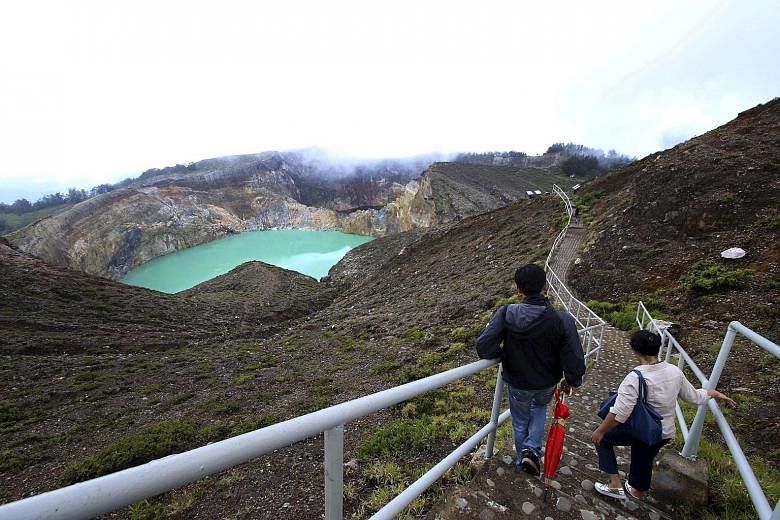As Indonesia looks for a new engine of growth, the consensus is that it needs to look to China. Not just to attract the manufacturing jobs that are moving out of its near-neighbour but also to serve the demands of China's growing middle class by developing its tourism industry.
Indonesia drew 8.8 million overseas visitors in 2013, according to the World Economic Forum, raising US$9.1 billion (S$12 billion) in tourism revenues, which pales in comparison with the 26.5 million travellers that generated some US$42.1 billion for Thailand.
"Indonesia is not just Bali," says Finance Minister Bambang Brodjonegoro.
With this in mind, Jakarta has picked 10 priority destinations to shift the spotlight to alternative destinations like Lake Toba in North Sumatra and the Flores archipelago east of Java, where national and local governments will cooperate to develop infrastructure and market the destination to foreign tourists.
By adding 10 million new foreign visitors a year and raising the amount they spend to the same levels as Thailand, the World Bank estimates Indonesia could create one million new jobs and add US$27 billion to GDP.
Economists say Indonesia could also feed Chinese demand more literally. Much of the country's fecund agricultural land is now used for low-value produce such as cassava and soya bean, rather than the higher-value food and protein-based products that the growing middle class desires. "You are growing paddy on literally the world's best soil," says Mr Steven Tabor at the Asian Development Bank in Jakarta. "By taking land out of low-value agriculture and putting them into high-value agriculture, they could do very nicely."
According to Mr Tabor, the key is increasing productivity through new technologies, as well as shifting production to higher-value items such as flowers, fruit and vegetables, fish and aquaculture. McKinsey estimates this could give the agriculture sector a US$95 billion boost by 2030.

